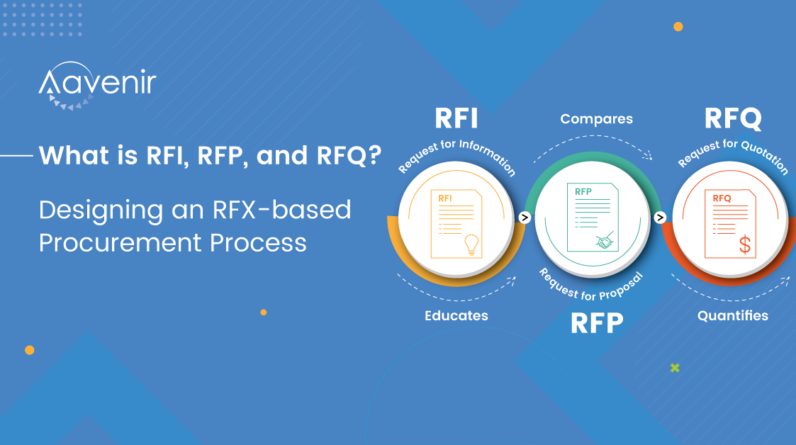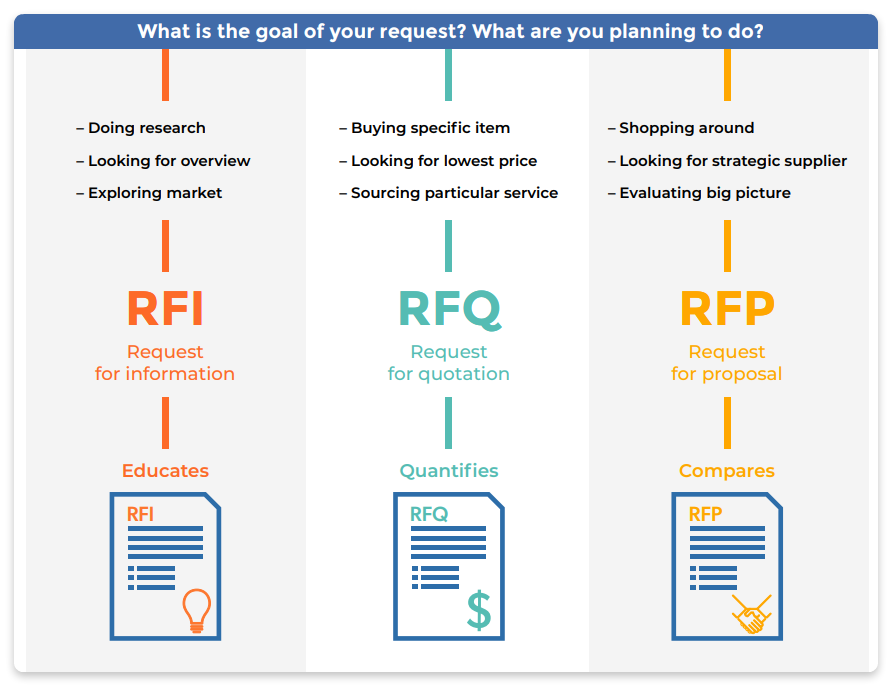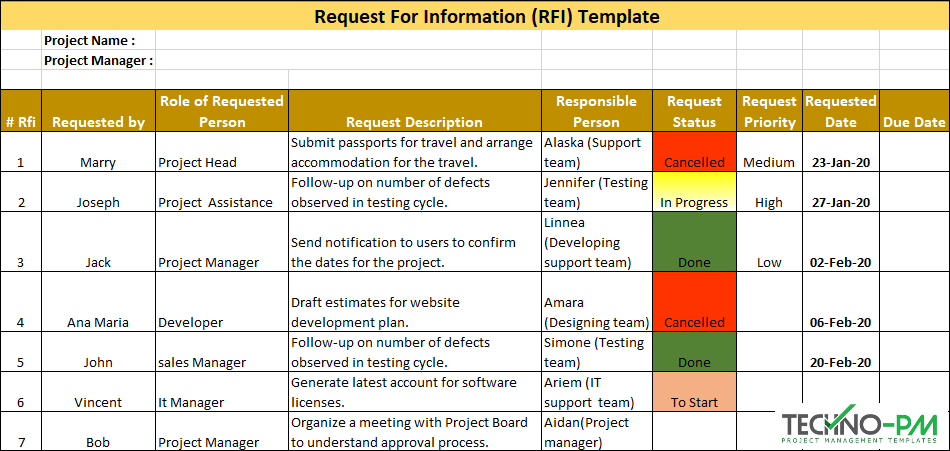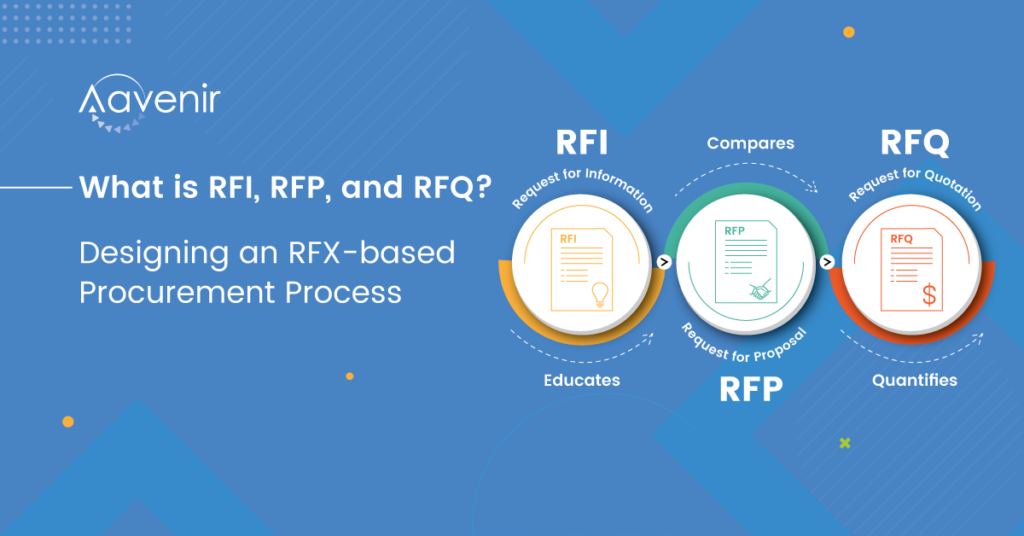
So, you’re new to project management and eager to understand all the jargon that comes with it. Well, one term you’ll come across is RFI, which stands for Request for Information. RFI plays a crucial role in project management as it helps gather relevant information, clarify uncertainties, and ensure smooth communication between project stakeholders. In this article, we’ll explore the ins and outs of RFI in project management, giving you the knowledge you need to navigate this essential process effectively. So, let’s dive right in and uncover the world of RFIs!

Understanding RFI in Project Management
In the world of project management, Request for Information (RFI) plays a crucial role in gathering necessary information to ensure the success of a project. RFIs are commonly used to obtain details and clarify any uncertainties regarding project requirements, specifications, or potential risks. In this article, we will explore the definition of RFI, its purpose, and the key differences between RFI and Request for Proposal (RFP). We will also discuss the importance of RFIs in project management and provide insights into the RFI process, common mistakes to avoid, best practices for writing an RFI, the benefits of RFIs, challenges in managing RFIs, and tools and technologies that can streamline RFI management.
1. Definition of RFI
1.1 Overview of RFI
A Request for Information (RFI) is a formal document utilized in project management to elicit specific details from potential suppliers, contractors, or vendors. RFIs are typically sent out during the planning or pre-bidding phase of a project to gather information related to a project’s requirements, capabilities, or available solutions. RFIs do not typically involve pricing information or proposals; instead, their primary objective is to gain a better understanding of the market and available options.
1.2 Purpose of RFI
The purpose of an RFI is to obtain crucial information that helps project managers make informed decisions. By engaging potential suppliers and stakeholders early on, project managers can clarify project specifications, assess the feasibility and suitability of different solutions, and identify potential risks. RFIs serve as a means of fostering communication and collaboration between project stakeholders, enabling project managers to gain valuable insights that can shape the project’s direction.
1.3 Differences between RFI and RFP
It is important to differentiate between RFIs and Request for Proposals (RFPs), as they serve distinct purposes in project management. While an RFI focuses on gathering information and exploring potential solutions, an RFP is a more formal document soliciting detailed proposals with pricing information from suppliers or contractors. RFIs are generally broader in scope, aiming to obtain a wide range of information, whereas RFPs are more specific and centered around soliciting detailed proposals that meet specific project requirements.
1.4 Importance of RFIs in Project Management
RFIs play a crucial role in project management for several reasons. Firstly, RFIs enable project managers to gather information from a broad pool of suppliers or contractors, providing a comprehensive understanding of available options and solutions. Secondly, RFIs clarify project requirements, ensuring that all stakeholders are on the same page and reducing the likelihood of misunderstandings or miscommunications. Furthermore, RFIs help project managers identify potential risks or challenges that may arise during the project’s execution. Lastly, RFIs foster effective communication and collaboration between project stakeholders, promoting a transparent and informed decision-making process.
2. Process of Request for Information
2.1 Identifying the Need for Information
The first step in the RFI process is to identify the need for information. This involves analyzing the project’s requirements, considering potential risks, and determining the knowledge gaps that need to be filled. By identifying specific areas where additional information is required, project managers can create a focused and targeted RFI.
2.2 Formulating the RFI
Once the need for information is established, project managers can begin formulating the RFI. It is essential to clearly define the purpose and scope of the RFI, outline the required details, and include any specific questions or prompts to guide respondents. The RFI should be structured in a logical and organized manner, ensuring clarity for potential suppliers or contractors.
2.3 Distributing the RFI
After formulating the RFI, it is time to distribute it to the intended recipients. Project managers can send the RFI via email or utilize online project management platforms to ensure efficient distribution and tracking. It is crucial to provide clear instructions on how to respond to the RFI and specify the deadline for submission.
2.4 Receiving and Evaluating Responses
Once the deadline for responses has passed, project managers need to evaluate the received responses. This involves thoroughly reviewing each response, assessing the provided information, and comparing the different proposals or solutions. Evaluation criteria should be established prior to receiving the responses, allowing for a systematic and fair assessment of the information provided.
3. Key Elements of an RFI
3.1 Contact Information
The RFI should include the contact information of the project manager or the designated person responsible for managing the RFI process. This allows potential suppliers or contractors to seek clarification or address any queries they may have.
3.2 Project Background
It is essential to provide a brief overview of the project, its objectives, and any relevant contextual information to provide potential respondents with a comprehensive understanding of the project’s scope and requirements.
3.3 Scope of Information
Clearly defining the scope of information required in the RFI helps potential suppliers or contractors understand what specific details are being sought. By providing a clear and concise outline of the information required, project managers can ensure that the respondents provide the necessary information.
3.4 Deadline for Response
The RFI should include a clearly stated deadline for the submission of responses. This ensures that potential suppliers or contractors are aware of the timeframe and can allocate resources accordingly.
3.5 Evaluation Criteria
To facilitate the evaluation process, project managers should outline the evaluation criteria that will be used to assess the received responses. By establishing transparent criteria, potential suppliers or contractors can align their responses accordingly and project managers can objectively evaluate the received information.

4. Common Mistakes to Avoid in RFIs
4.1 Vague or Ambiguous Questions
One of the most common mistakes in RFIs is the inclusion of vague or ambiguous questions. To ensure clear and relevant responses, project managers should use precise language and avoid any unnecessary complexity.
4.2 Requesting Unnecessary Information
Another common mistake is requesting excessive or irrelevant information from potential suppliers or contractors. This can lead to confusion and result in respondents spending time and effort on providing information that is not essential to the project.
4.3 Ignoring Security and Confidentiality
Project managers must prioritize security and confidentiality when creating an RFI. Some projects may involve sensitive or proprietary information, and it is essential to outline any necessary security measures or confidentiality agreements to protect the interests of all parties involved.
4.4 Neglecting to Define Evaluation Criteria
To ensure a fair and objective evaluation of responses, project managers should establish evaluation criteria upfront. Neglecting to define these criteria may result in inconsistent assessment methods or biased decision-making, compromising the integrity of the RFI process.
5. Best Practices for Writing an RFI
5.1 Clearly Define the Purpose and Scope
To ensure an effective RFI, project managers must clearly define the purpose and scope of the document. By providing a clear and concise overview of the project’s objectives, requirements, and expectations, potential suppliers or contractors can respond with relevant and focused information.
5.2 Use Precise and Specific Language
Avoiding jargon and using precise and specific language is crucial in an RFI. Clarity in communication helps ensure that potential suppliers or contractors understand the information being requested, minimizing the chances of misinterpretation.
5.3 Provide Ample Response Time
It is important to provide potential respondents with adequate time to prepare and submit their responses. By allowing ample response time, project managers can encourage thorough and well-considered responses, resulting in higher quality information.
5.4 Identify Evaluation Criteria
To promote transparency and fairness, project managers should clearly identify the evaluation criteria that will be used to assess the responses. This helps potential suppliers or contractors align their responses accordingly and allows for a consistent evaluation process.
5.5 Review and Refine the RFI
Before distributing the RFI, it is crucial to review and refine the document. This includes checking for any errors, ensuring that the questions are clear and concise, and verifying that the RFI aligns with the project’s objectives and requirements.

6. Benefits of RFIs in Project Management
6.1 Gathering Information from a Wide Pool of Suppliers
RFIs provide project managers with the opportunity to gather information from a broad pool of suppliers or contractors. This allows for a comprehensive understanding of available options and solutions, enabling project managers to make informed decisions.
6.2 Clarifying Project Requirements
By engaging potential suppliers or contractors through RFIs, project managers can clarify project requirements and ensure that all stakeholders have a shared understanding of the project’s specifications. This reduces the likelihood of misunderstandings or miscommunications throughout the project lifecycle.
6.3 Reducing Project Risks
RFIs play a crucial role in risk management by allowing project managers to identify potential risks or challenges early on in the project planning phase. By obtaining information from various sources, project managers can proactively address risks and mitigate their impact on the project’s success.
6.4 Enhancing Communication and Collaboration
RFIs foster effective communication and collaboration between project stakeholders. By engaging potential suppliers or contractors, project managers can tap into their expertise, benefit from their insights, and ensure that all stakeholders are aligned and working towards the project’s success.
7. Challenges in Managing RFIs
7.1 Overwhelming Number of RFIs
Project managers often face the challenge of managing an overwhelming number of RFIs. This requires efficient coordination and prioritization to ensure that each RFI is reviewed and evaluated within the specified timeframe.
7.2 Lack of Timely Responses
Another challenge in managing RFIs is the potential delay or lack of timely responses from potential suppliers or contractors. This can hinder the project’s progress and decision-making process, necessitating proactive follow-ups and clear communication to ensure timely responses.
7.3 Coordinating and Assessing Multiple Responses
When multiple responses are received for an RFI, project managers face the challenge of coordinating and evaluating the information. This requires careful analysis, comparison, and consideration of each response to make informed decisions.
7.4 Ensuring Accuracy and Completeness of Information
Project managers need to ensure the accuracy and completeness of the information provided in the RFIs. This involves verifying the credibility of the sources, checking for any missing or inconsistent information, and seeking additional clarification if needed.

8. Tools and Technologies for Streamlining RFI Management
8.1 Project Management Software
Project management software can streamline the RFI management process by providing a centralized platform for creating, distributing, and tracking RFIs. These tools often offer features like automated notifications, document sharing, and collaboration capabilities, enhancing efficiency and organization.
8.2 Online Collaboration Tools
Online collaboration tools, such as shared cloud storage or project management platforms with collaboration features, can facilitate effective communication and coordination during the RFI process. These tools enable real-time collaboration, document sharing, and comment tracking, promoting seamless teamwork among project stakeholders.
8.3 RFx Management Systems
RFx management systems are specialized software solutions designed to streamline the entire RFx (RFI, RFP, RFQ, etc.) process. These systems provide comprehensive features like template creation, automated workflows, vendor management, and evaluation tools, simplifying the management of RFIs and other procurement-related processes.
10. Conclusion
In conclusion, Request for Information (RFI) is a crucial tool in project management that enables project managers to gather necessary information, clarify project requirements, reduce risks, and enhance communication and collaboration. By following best practices and leveraging tools and technologies, project managers can streamline the RFI process, improve decision-making, and increase the chances of project success. Despite the challenges posed by managing numerous RFIs and ensuring timely responses, RFIs play a vital role in driving project efficiency and enabling informed decision-making throughout the project lifecycle.








